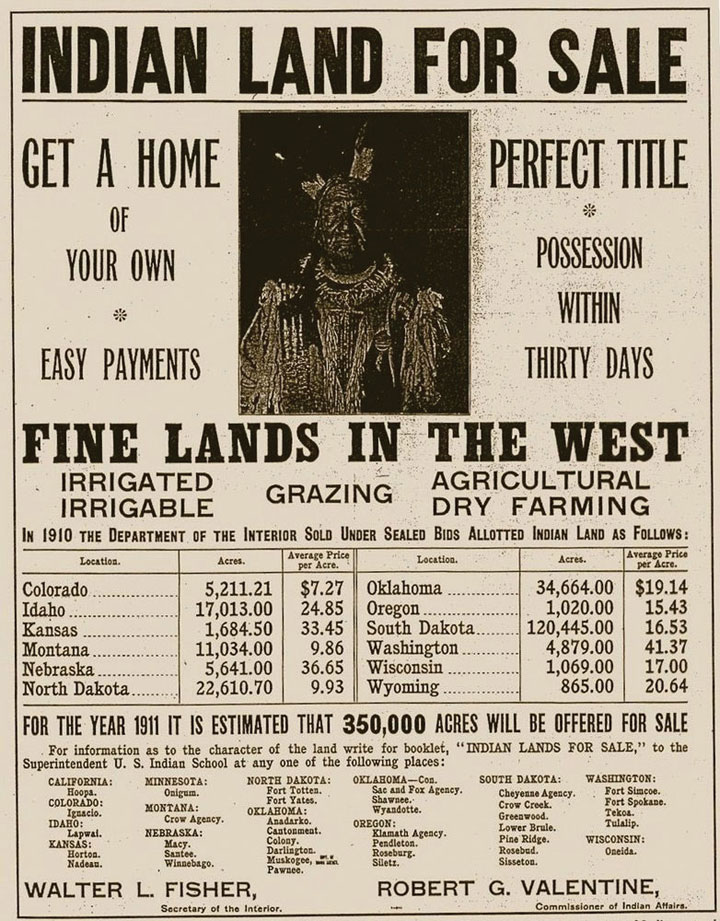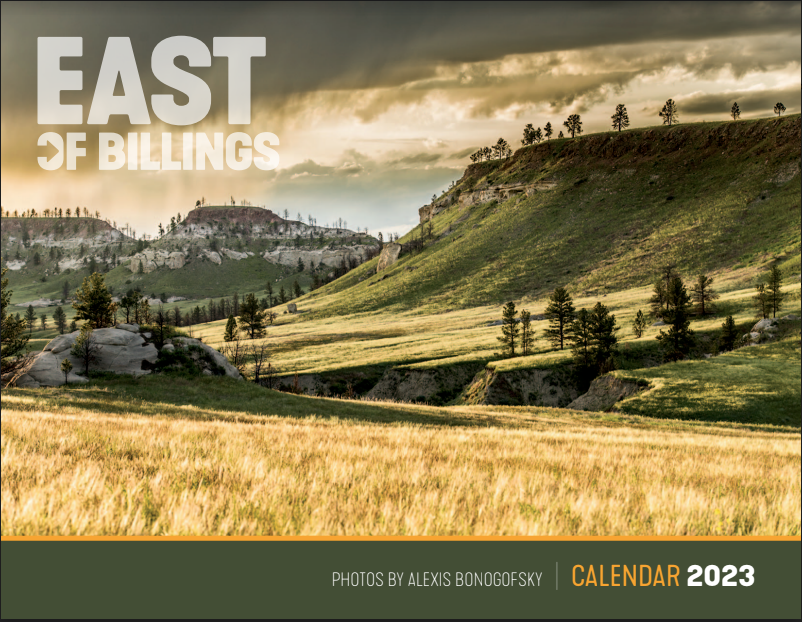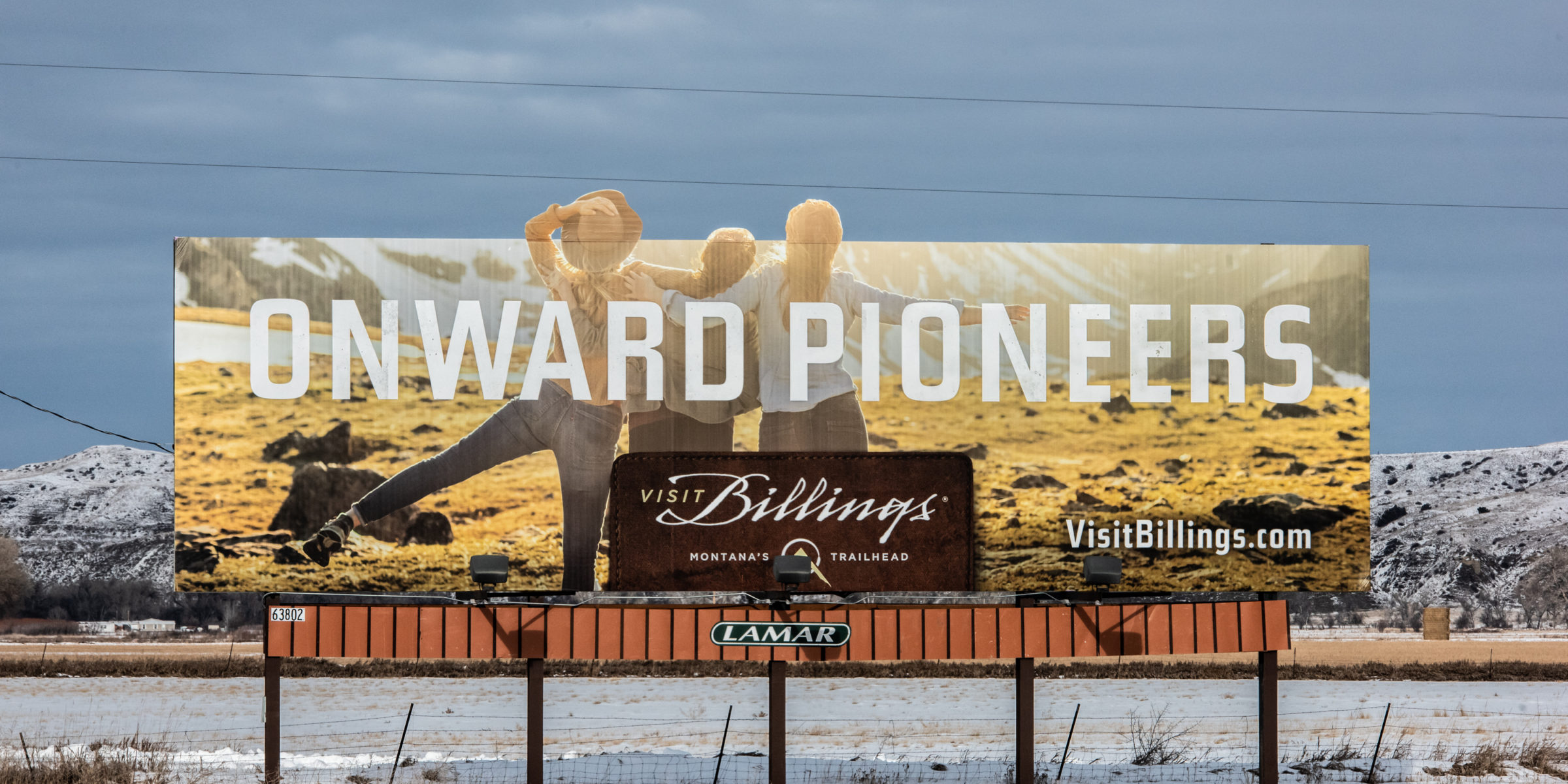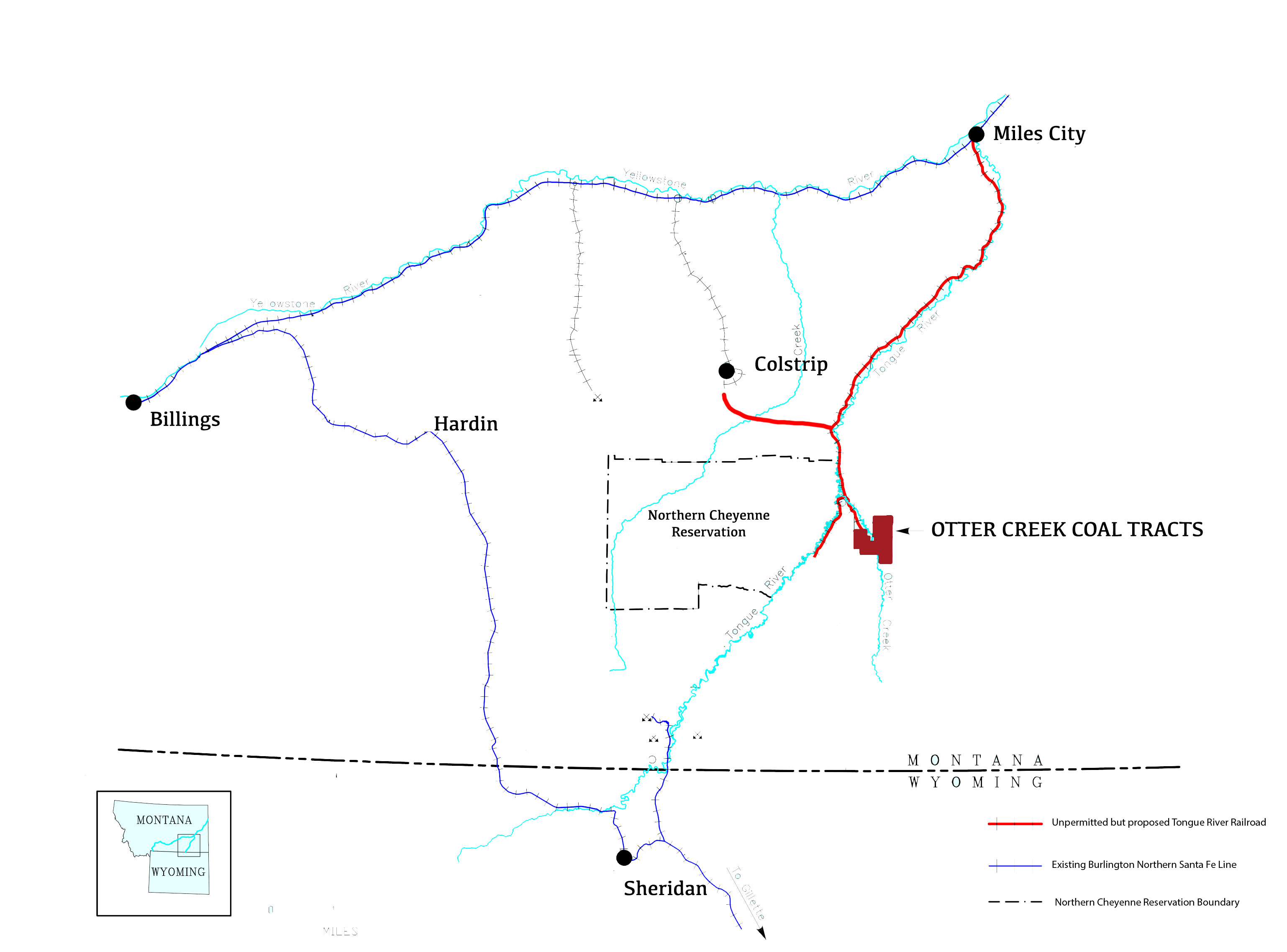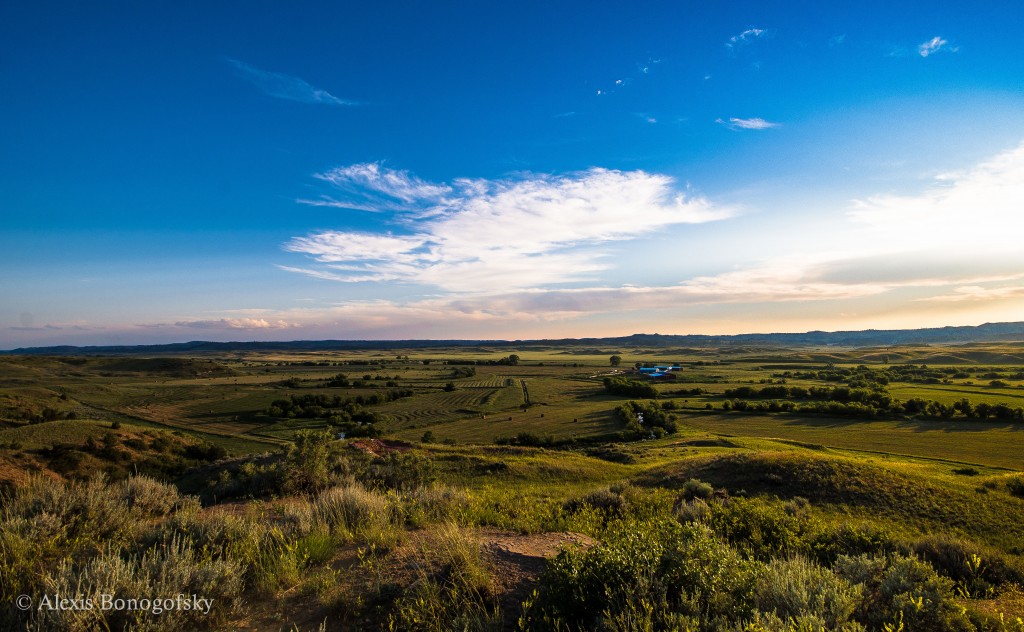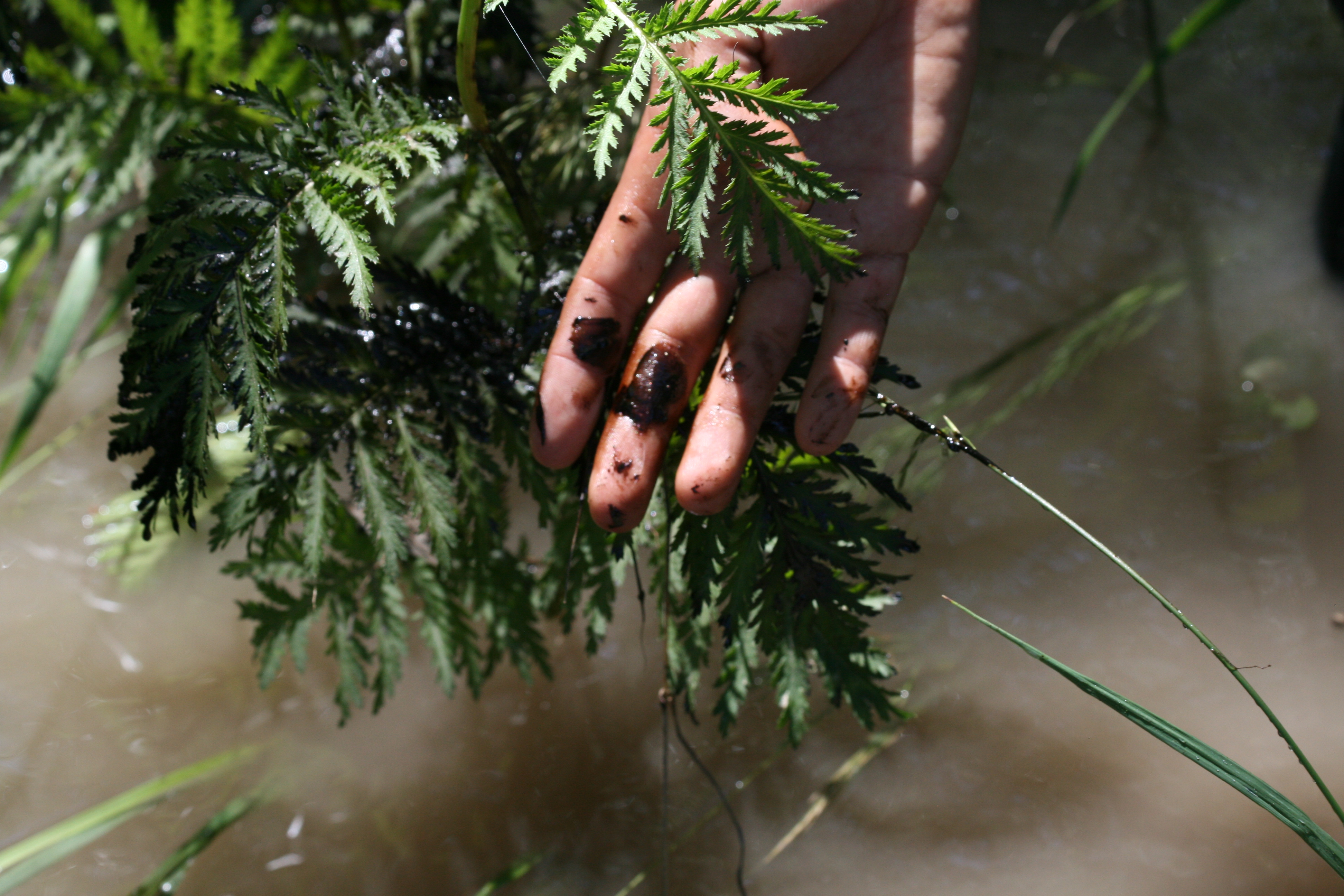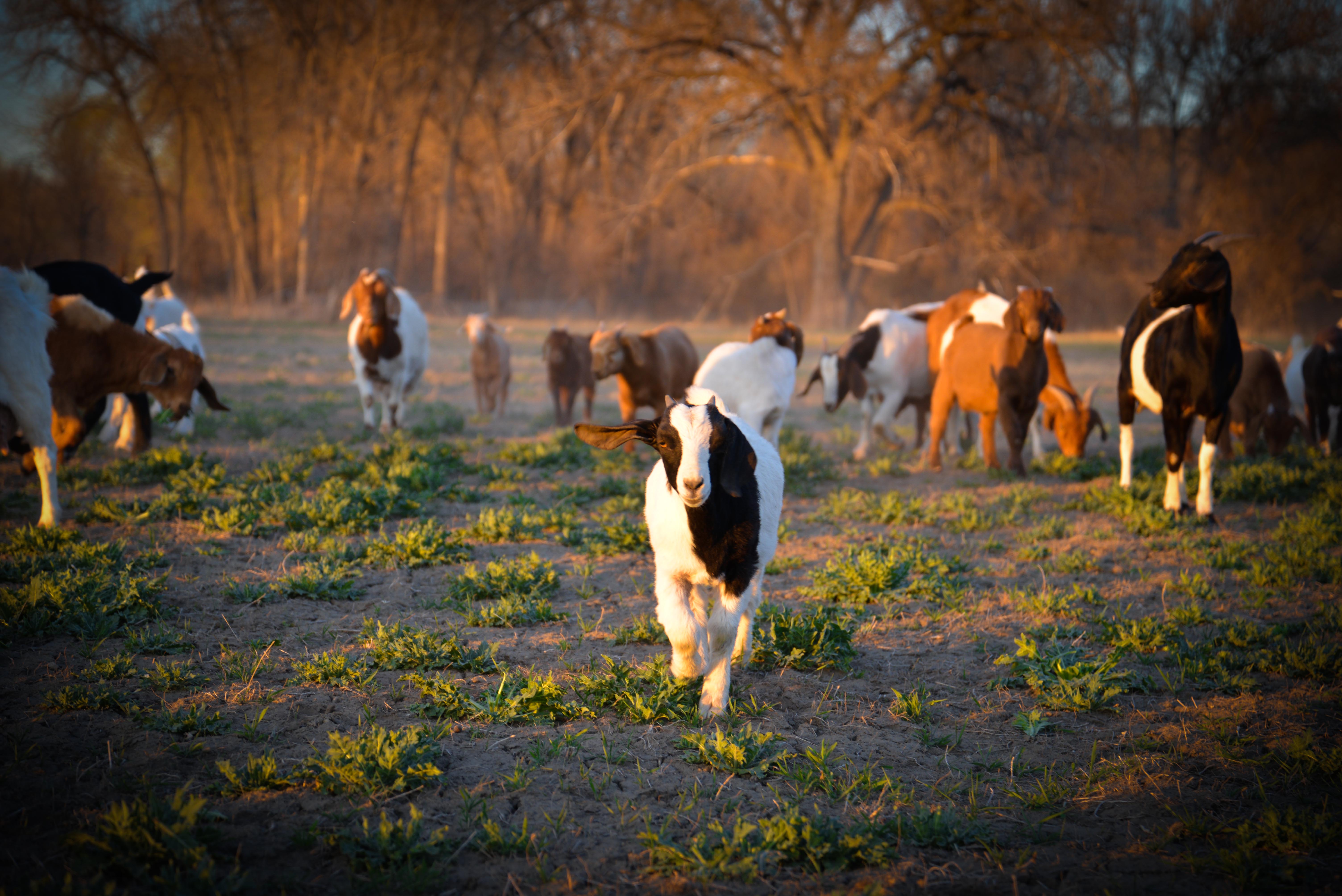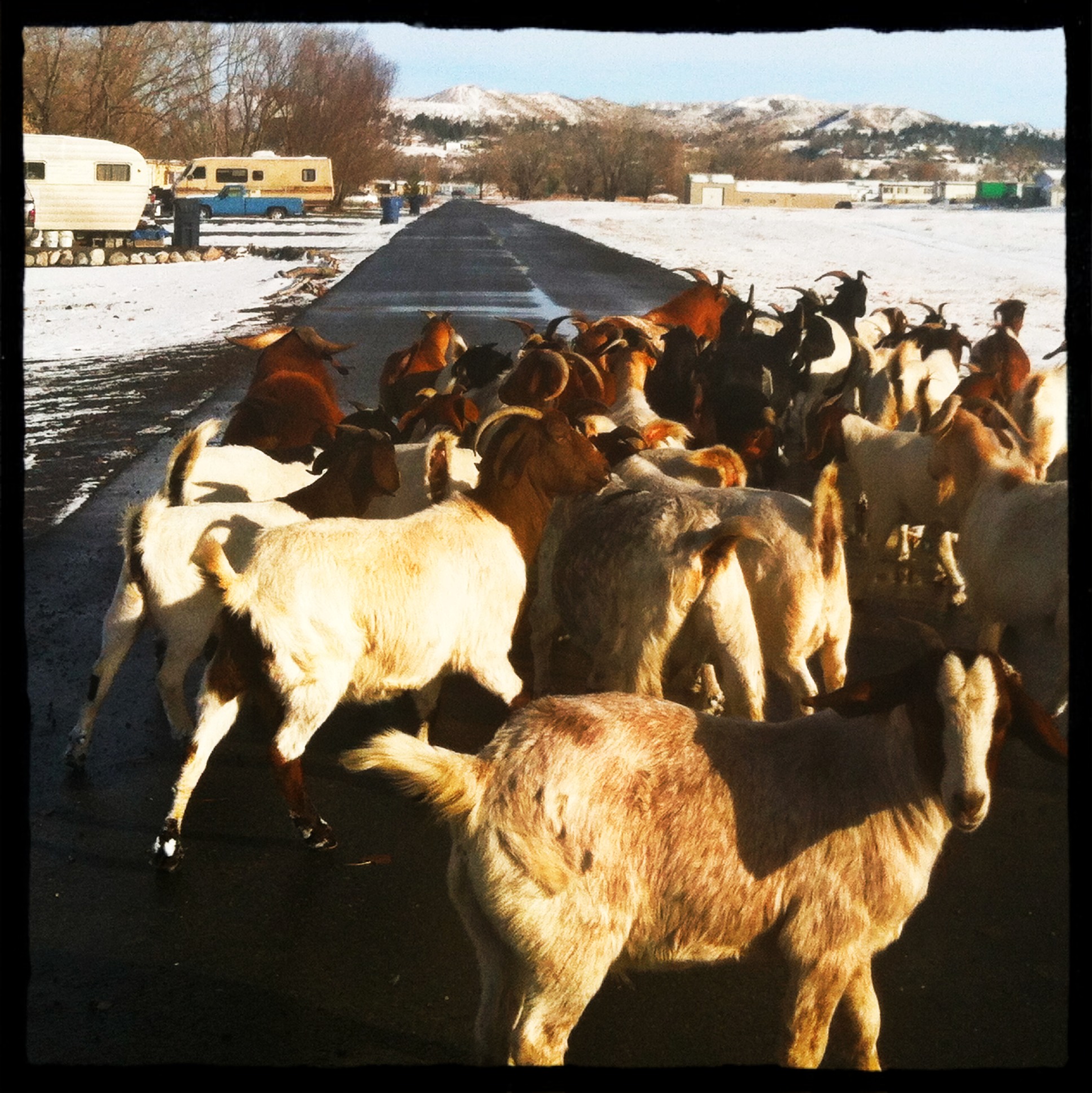I know you have waited with bated breath for the issuance of the draft Environmental Impact Statement (DEIS) for the proposed Tongue River Railroad (TRR). Vicki Rutson, the Director of the Office of Environmental Analysis from the Surface Transportation Board said we can expect to see a release of the DEIS at the end of April (yes, this April) and that the dates and locations of the public hearings will be announced at that time which I imagine will be held in southeastern Montana sometime in later May. You should expect to see a extensive document based on their proposed scope of study.
You may remember that the public scoping hearings for this project were held in November of 2012. Much has changed since then, for example, Arch Coal’s stock in November of 2012 was hovering around $6.60/share and this morning when I checked, it was 89 cents/share. If Arch Coal’s (ACI) stock price stays below one dollar for longer than 30 days the New York Stock Exchange will initiate the delisting process. Also, the Montana Department of Environmental Quality (DEQ) just sent them yet another Deficiency Notice on their Otter Creek Permit Application. The new deficiency notice is 65-pages long. The first one they received in 2013 from DEQ was 42 pages.
One thing that I’m very interested in is ICF International’s (the third party contractor hired to complete the environmental analysis on the TRR) analysis of TRRC’s supposed market for Otter Creek coal. The company, which has zero employees, has only made vague statements about their market. They said they plan to sell to domestic electric utilities, specifically those in Montana and possibly the Midwest which “represent the prime demand potential.” Really? Montana? I’m not sure there is a boiler in the state that could burn Otter Creek coal without significant upgrades or mixing it with a lower sodium coal. The other market they identify is Asia but as we all know coal demand in China is expected to peak this year or next and they have no export capacity on the West coast.
TRRC admits they don’t know where they are going to sell the coal. As stated in the final scope of study, “the coal market TRRC asserts, is so volatile that more accurate predictions are impossible.” (Page 6, Final Scope of Study, STB)
To summarize: The export window is closing fast. Arch Coal has no permit to construct the Otter Creek mine and no domestic market for the coal. Even if they did have a permit they don’t have the resources to construct a greenfield mine. At the pace they are going, even if they did have money, they’d be lucky to get it operational by 2019. Oh, and they just withdrew an application for a federal coal lease of around 1 billion tons in Wyoming near an existing mine where they have all the infrastructure they need citing “weak market conditions.” It will cost, at minimum, $400 million dollars to build the Tongue River Railroad from Otter Creek to Colstrip.
Someone remind me why are we still talking about this project? As John Oliver says, how is this still a thing?
I think that is appropriate question to ask the STB when they visit us in May to hear what we think.
Here’s a summary of the blog: ICYMI, the EPA and DEQ made Exxon do a sACP for their SEP and things got worse, WTF.
After the 2011 Yellowstone River oil spill, Exxon was required to undertake a Supplemental Environmental Project (SEP). This is a bureaucratic term that refers to a situation when a company voluntarily agrees to undertake “an environmentally beneficial project related to the violation in exchange for mitigation of the penalty to be paid.” Guess what Exxon’s SEP project was?
They created a Yellowstone River sub-Area Contingency Plan (sACP) and a Tactical Response Plan for Oil Spills on the Yellowstone River. Yes, you read right. They developed an emergency response plan for potential oil spills in the Yellowstone River watershed and then trained local officials and emergency responders on the plan.
Two trainings were held in Glendive. On September 26, 2013 the Environmental Protection Agency (EPA), the Montana Department of Environmental Quality (DEQ) and ExxonMobil Pipeline Company held a free Basic Oil Spill Training and then on October 5, 2013 they held an Advanced Oil Spill Training. Local emergency response organizations, local officials and the general public were invited to take part in the training. From what I can tell it was not mandatory. You can read the press release from the DEQ here.
Yesterday, I wrote about my experience during the 2011 Yellowstone River Exxon oil spill. I advised people to email Governor Bullock and request the state of Montana take the lead in communication with the public and the oil spill response. I was remiss in leaving out why I think that is necessary.
On July 2, 2011 I woke up and walked down to my hay fields. I found my pastures flooded with crude oil. No one called us. We were not evacuated. I’ll refrain from sharing with you what I said at that moment but I’m pretty sure it made my goats blush.
The first day we called Yellowstone County Department of Emergency Services (DES) and got their answering machine. We called the Department of Environmental Quality (DEQ) and they told us to call DES. We called our County Commissioners. We called the Exxon hotline. Then, while watching the news that evening, we saw that there was a clean up crew near the pipeline break in Laurel. We got in the pickup and drove to them. When we arrived there were three guys sitting in white lawn chairs. That was the oil spill response the first day. Three guys. They were very nice but not particularly helpful.
The next morning a reporter from the Billings Gazette called and told us that there was a meeting planned at the Crowne Plaza between the head of the Exxon Pipeline Company and the Yellowstone County Commissioners. We went down to the Crowne Plaza and asked where the meeting was going to be held because we had some questions. In the hallway, there were local journalists, Duane Winslow from DES, John Ostlund and Bill Kennedy from the Yellowstone County Commission and Exxon Mobil Pipeline CEO Gary Prussing with his entourage. The officials from the state of Montana and the EPA had not arrived yet. Oh yeah, and there was a big security guard in front of the boardroom door. We were immediately asked to leave. We were told this was not a public meeting and only press and our County Commissioners and DES was allowed in the room.
Post about the state of Montan’s response to the oil spill can be read here. Post about Glendive officials 2013 Yellowstone oil spill training can be read here.
Ah, memories. In July of 2011, my farm was flooded in oil from an Exxon pipeline that burst under the Yellowstone River. Landowners along the river grouped up pretty quickly since many of our families lived there for decades and together we went through months of dealing with clean-up workers, water and soil testing, chronic coughs and stress. Now we sit back and watch you go through an oil spill. Although the circumstances are different, I can tell you these things shake out the same way, all over the country.
An oil pipeline breaks. You are told everything is under control. It doesn’t matter if it is or isn’t, that is what they’ll tell you. You and your neighbors complain of the smell of oil and you are told that you are wrong. Everything is going to be fine. Don’t worry about your health because being exposed to hydrocarbons is just like being sprayed by a skunk. (This is what we were told in 2011. Yes, I shit you not, this is what RiverStone Health, our public health agency, stated in a press release. Funny though, I’ve been sprayed by skunks and it has never sent me to the hospital with headaches, nausea and breathing problems. I mean, I guess I might end up in the hospital feeling sick if I had my face in a skunk’s butt when it sprayed but luckily I’ve never found myself in that situation). They always low-ball the estimates of the amount of oil spilled in the beginning and then that amount gradually increases as time goes on and fewer people are paying attention.
The following, hands down, is the most common phone call I receive.
Ring…ring…ring.
Me: Hello?
My mother: Your goats are out. They are (eating my garden/eating my trees/eating the neighbors garden/eating the neighbors trees/in the slough/across the creek/up by the highway).
Me: Shit.
Here is a common variation of the above call.
Ring…ring…ring.
Me: Hello?
My patient mother: You have a goat stuck in a fence. It is (below the house/near the slough/on the river/in the pen/in the top pasture).
Me: Goddamnit.
Or this one.
Ring…ring….ring.
Me: Hello?
My very patient mother: Do you know where your goats are?
Me: Why?
And then there was this one.
Ring…ring…ring.
Me: Hello?
My extremely lovely and very patient mother: Someone called from the trailer court and left a message on my machine. Your goats are out. They said specifically that the goats are going wild in the trailer court.
Me: Those fucking goats.
I imagined the goat does running through the trailer court, flashing their udders at unsuspecting passerbys, jumping on cars, and butting children walking home from school. The goat buck, Perfecto, mounting the does indiscriminately and occasionally pissing on his own face. The thought crossed my mind that I could become a goat tycoon and make millions following goats around with a video camera and call the series Goats Gone Wild. Frank Zappa’s offspring would have no choice but to write a song about me. My fantasy was cut short when I found them 30 minutes later walking calmly and purposely down one of the roads in the trailer park, going the opposite direction of the farm and not at all being wild although their udders were swinging quite shamelessly in front of the nearby residents.**
Me: Hey!
The Goats: [silence]
Me: Where the fuck do you think you are going?
A couple of them turned back toward me, unimpressed by the swearing and then continued to meander down the road toward their unknown destination (see below).
And then there was the time in Miles City. We went to a James McMurtry concert and afterward decided to stay the night at a local hotel.
This is the conversation I had with the hotel clerk.
Hotel clerk: Where are you from?
Me: Oh, I have a little farm in the Blue Creek area south of Billings.
Hotel clerk: Are you the one with the goats?
I look up slowly from signing the reservation form.
Me: Excuse me?
Hotel clerk: Do you have goats?
Me: Why? Are they out?
Hotel clerk: Umm…I don’t know.
Me: Those assholes. They are probably out, roaming the banks of the Yellowstone River, doing whatever the fuck they want. That’s what goats do you know, they do whatever they want. I’ll tell you one thing, you should stay away from goats. I’m serious. Don’t ever do it. I bet I missed a call from my mom. Well, it’s too late now, if they are out, they’re out. I’m not driving two hours back to Billings at two in the morning.
Hotel clerk: Umm…ok.
I never thought to ask him how he knew I was the one with the goats.
I’ll stop there. I won’t tell you about the time I found the goats lounging on my neighbors deck, chewing their cud contentedly in the sun, their legs dangling off the side of the porch, the baby goats playing in the flower garden with little goat poop pebbles scattered about everywhere. I won’t tell you about the time a goat was stuck in the fence and someone called the sheriff because they thought they heard a child screaming for help. And I definitely won’t tell you about the time that I woke up in a hotel room in Denver and opened billingsgazette.com and saw a front page picture of two goats stuck on a bridge.***
A lot of people approach me and they express a desire to raise goats in the future. They have dreams of retiring to the country, raising goats, milking them, making cheese and watching the babies frolic in the sun. That sounds really nice. It really does. But there is a lesson to be learned from these short goat vignettes, these short windows into my life that I occasionally share with you.
The lesson is profound and deep and important.
Goats are assholes. Don’t do it.****
*Just kidding.
**If you are are wondering what the big deal is, you should know my goats are less like this, and more like this.
***They ended up not being my goats but they very well could have been.
****They are also really awesome and smart and, if well-managed, do amazing things for the land but you better have really goddamned good fencing because if you don’t, they will get out and you too will end up with a slight nervous tick every time the phone rings and you aren’t exactly sure where your goats are. Think very, very deeply about this before you get goats.
You’ve been warned.
